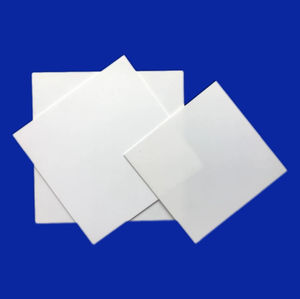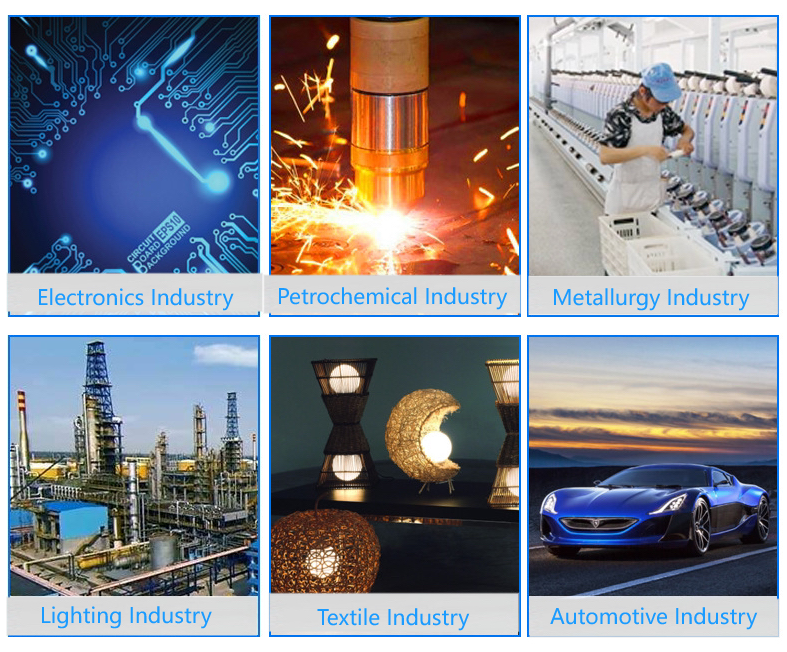Professional industry ceramic supplier, silicon nitride, silicon carbide, aluminum nitride and any other kinds of ceramics.
PRODUCT PARAMETERS
Description
Overview of High-Quality Hbn Boron Nitride Coating for High-Temperature Ceramics Lubrication
High-Quality Hbn Boron Nitride Coating for High-Temperature Ceramics Lubrication ceramics are a class of advanced technical ceramics, often referred to as “white graphite.” They are renowned for their unique combination of properties, including high thermal conductivity, excellent electrical insulation, and outstanding thermal shock resistance. Available in various forms such as hot-pressed solids, coatings, and composites, BN ceramics are critical in demanding applications across aerospace, electronics, and metallurgical industries.
Features of High-Quality Hbn Boron Nitride Coating for High-Temperature Ceramics Lubrication
-
High Thermal Conductivity: Offers excellent heat dissipation, similar to metals, while maintaining electrical insulation.
-
Excellent Thermal Shock Resistance: Withstands extreme and rapid temperature changes without cracking.
-
Superior Electrical Insulation: Maintains high resistivity even at elevated temperatures.
-
Low Dielectric Constant and Loss: Ideal for high-frequency and microwave applications.
-
Good Chemical Inertness: Resists attack from most molten metals, slags, and salts.
-
Non-wetting and Non-reactive: With many molten metals like aluminum and copper.
-
High Temperature Stability: Can be used in inert or vacuum atmospheres up to 3000°C.
-
Machinability: Can be precision-machined into complex shapes using conventional tools, unlike many other advanced ceramics.
Specifications of High-Quality Hbn Boron Nitride Coating for High-Temperature Ceramics Lubrication
This high-quality HBN (Hexagonal Boron Nitride) coating is specifically designed for lubricating high-temperature ceramics. It tackles extreme heat and friction problems effectively. You need reliable lubrication for ceramics operating under intense conditions. This coating delivers.
HBN is a stable, white powder. It acts like a solid lubricant similar to graphite. Its layered structure allows sheets to slide easily over each other. This reduces friction significantly. HBN is chemically inert. It doesn’t react with most molten metals or salts. This makes it perfect for harsh environments.
Our coating withstands continuous temperatures up to 900°C (1652°F) in air. It handles short bursts even higher. It remains stable in inert atmospheres or vacuum conditions above 1000°C (1832°F). The coating bonds strongly to ceramic substrates like alumina, zirconia, and silicon carbide. It provides excellent adhesion. The typical coating thickness ranges from 0.5 to 5 microns. This ensures optimal performance without compromising the ceramic’s properties.
Applying the coating is straightforward. Common methods include spraying, dipping, or brushing. A curing step is necessary. This step bonds the coating securely to the ceramic surface. Proper surface preparation is essential. Clean the ceramic thoroughly before application. This guarantees the best adhesion and performance.
The primary benefit is superior dry lubrication at high temperatures. It drastically lowers the coefficient of friction. This minimizes wear on ceramic parts. Components last much longer. It prevents galling and seizing. This is crucial in metal forming or casting applications. The coating also acts as a release agent. It stops ceramics from sticking to molten metal or glass. This improves process efficiency. It reduces downtime for cleaning. You save money on maintenance and part replacement.
Applications of High-Quality Hbn Boron Nitride Coating for High-Temperature Ceramics Lubrication
High-quality HBN boron nitride coating solves tough lubrication problems in hot places. Regular oils and greases fail at very high temperatures. They burn away or turn to ash. This leaves metal and ceramic parts unprotected. HBN coating steps in here. It sticks well to ceramics. It provides a slippery layer even when things get extremely hot. This is crucial for many industries.
Aerospace and turbine engines see intense heat. Turbine blades and other hot-section parts need smooth movement. HBN coating reduces friction between these ceramic components. Less friction means less wear. Parts last longer. Engines run more efficiently. This saves fuel and reduces maintenance costs.
Metal forming and casting operations rely on high heat. Molten metal flows through ceramic dies and nozzles. Without good lubrication, metal sticks to the ceramic surfaces. This causes defects on the finished product. HBN coating prevents this sticking. It ensures clean release. Castings and extrusions come out smoother. Production quality improves. Downtime for cleaning dies decreases significantly.
Ceramic bearings and seals operate in harsh, hot environments. Think furnaces or chemical processing plants. Friction causes heat build-up and wear. HBN coating lowers the friction coefficient. Bearings run cooler. Seals maintain integrity longer. This prevents unexpected failures. Equipment runs more reliably.
Glass manufacturing uses hot ceramic molds and rollers. Molten glass easily sticks to surfaces. Removing stuck glass damages molds and stops production. Applying HBN coating creates a non-wetting surface. Glass doesn’t stick. Molds stay clean longer. Production lines keep moving. Less mold damage happens. This lowers replacement costs.
High-temperature furnaces use ceramic kiln furniture. This includes setters, saggers, and rollers. Products resting on them can fuse during firing. HBN coating acts as a release agent. Products separate easily after cooling. Kiln furniture lasts for many more cycles. This reduces waste and expense.
Powder metallurgy involves compacting metal powders in hot ceramic dies. Sticking is a major headache. It ruins the compacted part and the die surface. HBN coating ensures easy ejection. Parts maintain their shape. Die life extends. Production yields go up.
Company Profile
Tanki New Materials Co.Ltd. focus on the research and development, production and sales of ceramic products, serving the electronics, ceramics, chemical and other industries. Since its establishment in 2015, the company has been committed to providing customers with the best products and services, and has become a leader in the industry through continuous technological innovation and strict quality management.
Our products includes but not limited to Aerogel, Aluminum Nitride, Aluminum Oxide, Boron Carbide, Boron Nitride, Ceramic Crucible, Ceramic Fiber, Quartz Product, Refractory Material, Silicon Carbide, Silicon Nitride, ect. please feel free to contact us.
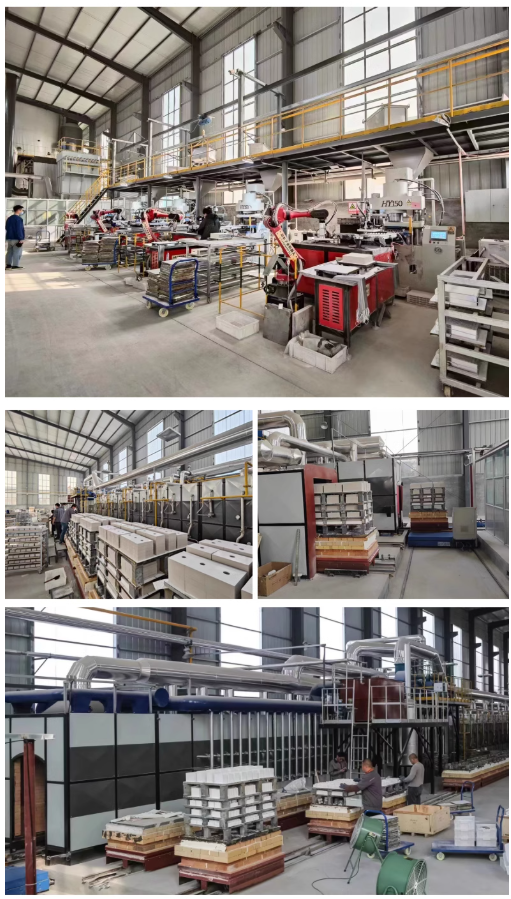
Payment Methods
T/T, Western Union, Paypal, Credit Card etc.
Shipment Methods
By air, by sea, by express, as customers request.
5 FAQs of High-Quality Hbn Boron Nitride Coating for High-Temperature Ceramics Lubrication
Customers often ask about our HBN Boron Nitride coating for high-temperature ceramics lubrication. Here are the top five questions.
What exactly is HBN coating? It’s a thin, dry layer made from hexagonal boron nitride powder. This powder acts like a solid lubricant. People apply it directly onto ceramic surfaces needing protection from heat and friction.
Why choose HBN for ceramics lubrication? HBN excels in extreme heat. It keeps lubricating smoothly well above 1000°C. Ordinary oils or greases burn away much earlier. HBN also prevents ceramic parts from sticking or welding together under pressure and heat. It reduces wear significantly.
How do you apply the HBN coating? Applying it correctly matters. You clean the ceramic surface thoroughly first. Any dirt or grease prevents good adhesion. Then, you spray or brush the HBN powder suspended in a carrier liquid onto the part. The carrier liquid evaporates when heated. This leaves the pure, dry HBN coating bonded to the ceramic. Proper curing ensures maximum performance.
What temperatures can HBN coating handle? HBN is incredibly heat-resistant. It performs reliably from very low cryogenic temperatures up to 1100°C in air. In oxygen-free environments, it withstands even higher temperatures. This makes it perfect for furnaces, foundries, and aerospace applications.
Is HBN coating safe? Yes, it’s generally safe. HBN itself is non-toxic and chemically inert. Always follow standard safety practices when handling the powder. Wear a dust mask to avoid breathing fine particles. Use the coating in well-ventilated areas during application.
REQUEST A QUOTE
RELATED PRODUCTS
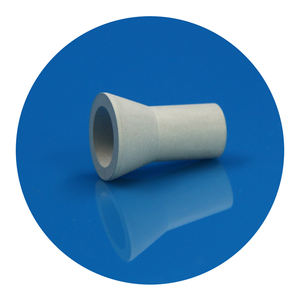
Industry Ceramic Bn Product Boron Nitride Ceramic
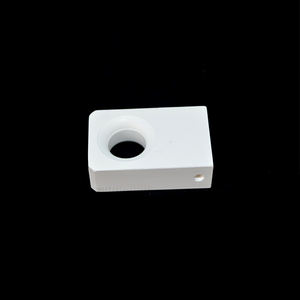
High Temperature Resistant 99.7% Boron Nitride Bn Ceramic Crucible
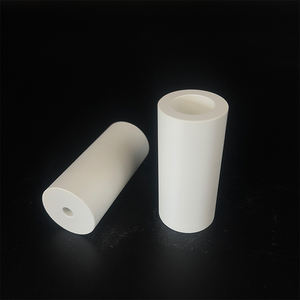
High Purity Customized Hpbn Hexagonal Boron Nitride Ceramic Products
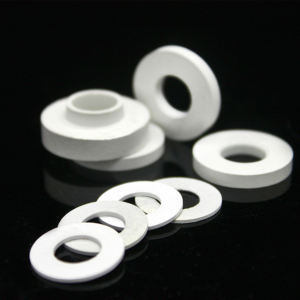
Customize Ceramic Boron Nitride Plates
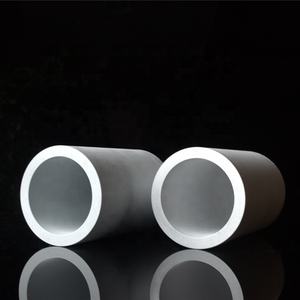
Boron Nitride Ceramic Electrical Insulator for High Temperatures


